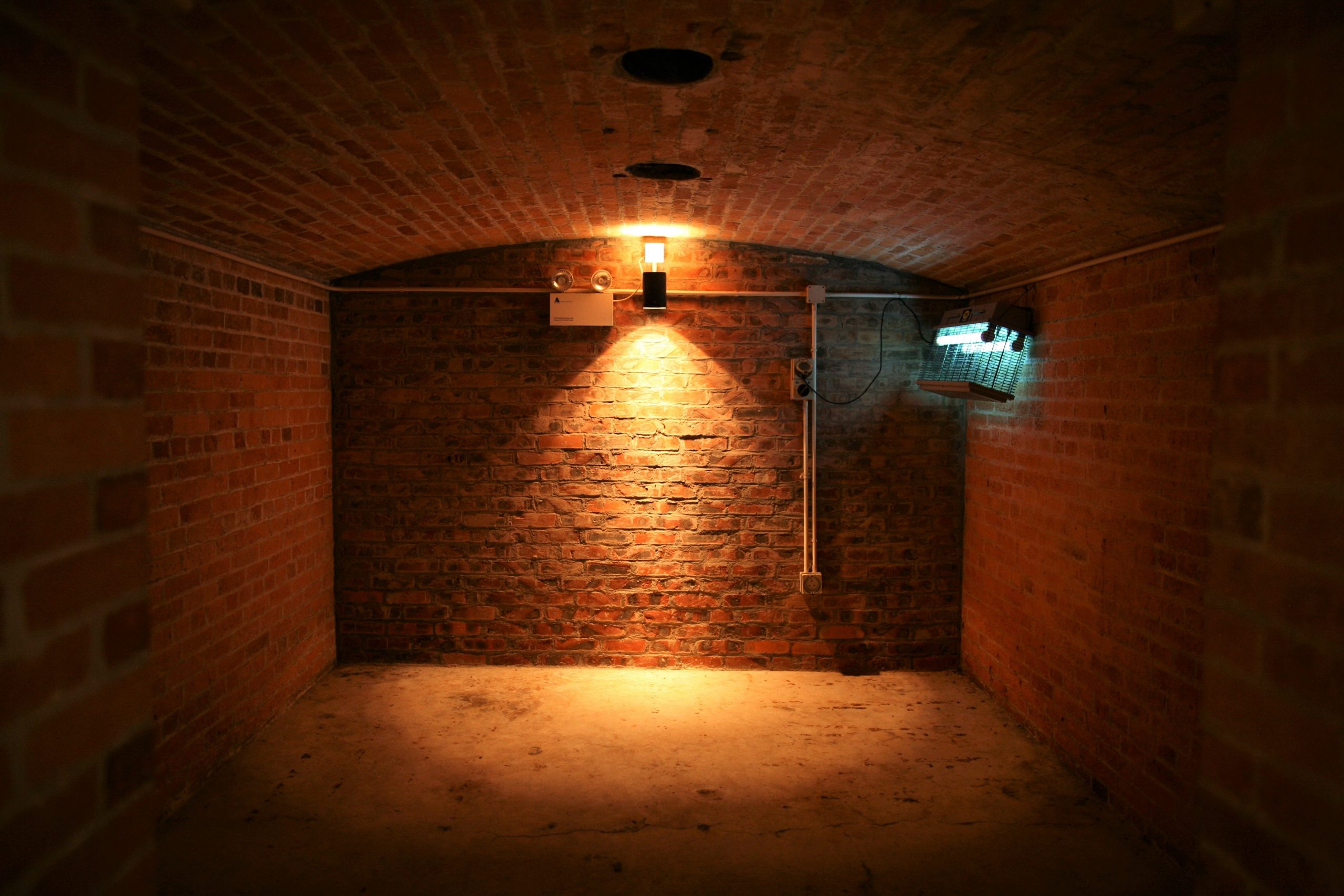The first signs of wear on your basement wall is an unsettling discovery. Caused by soil expansion, your concrete walls may slowly bow, lean and eventually collapse from the buildup of hydrostatic pressure.
The risk of foundational damage and water seepage has serious consequences on the livability of the house and the integrity of your stored items. Costs are considerably depending on the level of repair needed. However, if you find your basement wall is bowing, leaning or caving in, there are several ways to resolve it without having to excavate or disrupt other features of the home.
Early Signs and Solutions
A professional should assess cracked walls to determine the extent of the damage and further disrepair potential. Cracks can be injected with a sealant to prevent further leakage. It can also be tuckpointed with mortar to provide some strength to the wall. But oftentimes, the wall needs a more thorough waterproofing approach to stop the leak.
Internal Bracing
While not an ideal solution, steel beams on the interior of the basement can help support a leaning wall. There are downsides to the approach. Sometimes, the beams take up valuable space while not relieving any of the pressure being forced on the wall. They also only apply support to the areas of the wall that they touch, leaving most of the wall susceptible to additional wear.
Carbon Fiber Straps
One of the most popular technologies for supporting bowed walls are carbon fiber strips, which are highly regarded for their low cost and easy application. There is no need for excavation or foundational disruption. Install strips to the surface of the wall, running floor to ceiling, with an industrial-strength epoxy. Once the materials harden, the strips support, stabilize and help hold the wall without taking up any space. They can paint the strips or otherwise covered to create a seamless look.
Further Options
When the damage gets severe, replacing the basement wall may become the only option. However, there are additional exterior solutions that can be used in conjunction with interior reinforcements. Helical tiebacks involve anchoring the exterior of the wall into deep soil that pulls the wall back into position. You can also use carbon fiber reinforcement. This method is effective in reducing the amount of pressure on the wall.
Check your basement regularly for signs of wear so that you can quickly and easily resolve any growing issues. If you are concerned about the state of your basement walls, contact our team today for more information or to schedule an appointment.

